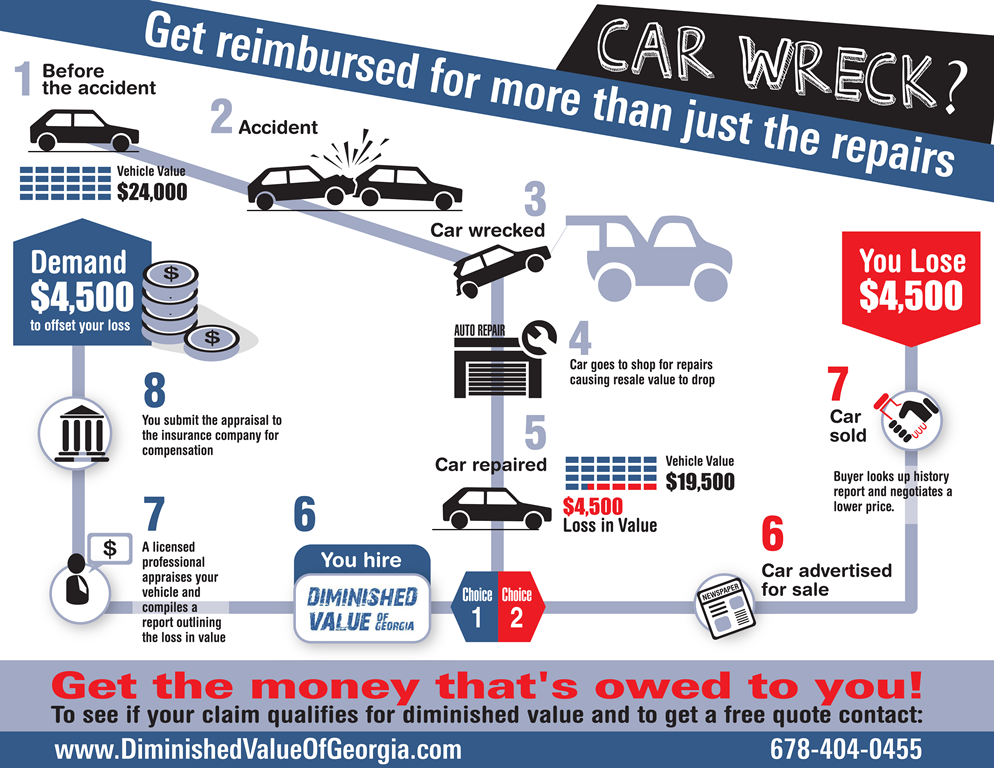Reveal The Definitions Behind The Control Panel Warning Lights In Your Vehicle To Safeguard The Health And Safety Of Your Car
Reveal The Definitions Behind The Control Panel Warning Lights In Your Vehicle To Safeguard The Health And Safety Of Your Car
Blog Article
Article Writer-Kessler Mendoza
When you lag the wheel, those radiant caution lights on your dashboard can be a bit puzzling. Do you know what they're attempting to tell you concerning your vehicle's wellness? Recognizing the relevance of these lights is vital for your safety and the long life of your automobile. So, the following time one of those lights turns up, would not you want to analyze its message properly and take the required steps to resolve it?
Common Warning Lighting and Interpretations
Identify common caution lights in your automobile and understand their definitions to ensure secure driving.
One of the most normal warning lights include the check engine light, which signals problems with the engine or exhausts system. If this light comes on, it's essential to have your vehicle examined quickly.
The oil stress warning light shows low oil stress, needing immediate interest to avoid engine damages.
A blinking battery light might recommend a damaged charging system, potentially leaving you stranded if not resolved.
The tire pressure monitoring system (TPMS) light alerts you to reduced tire pressure, influencing vehicle stability and fuel effectiveness. Disregarding this could bring about unsafe driving problems.
The abdominal light suggests an issue with the anti-lock stopping system, compromising your ability to stop promptly in emergencies.
Finally, the coolant temperature cautioning light warns of engine overheating, which can cause serious damage otherwise fixed quickly.
Comprehending these typical caution lights will assist you resolve issues quickly and maintain risk-free driving problems.
Importance of Prompt Interest
Understanding the common warning lights in your vehicle is just the initial step; the relevance of quickly dealing with these cautions can't be stressed enough to guarantee your safety and security on the road.
When a warning light illuminates on your control panel, it's your car's means of communicating a prospective concern that requires attention. Overlooking https://brakeservicenearme28495.blogdeazar.com/31226807/winterization-tips-getting-your-auto-ready-for-cold-weather-driving can cause much more severe issues in the future, jeopardizing your safety and security and possibly costing you much more in repairs.
Prompt interest to warning lights can avoid failures and crashes. For auto scratch repair , a flashing check engine light might indicate a misfire that, if left ignored, can cause damages to the catalytic converter. Addressing this promptly can conserve you from an expensive repair service.
In a similar way, a brake system alerting light could signify low brake fluid or worn brake pads, important parts for your safety and security when driving.
Do It Yourself Troubleshooting Tips
If you notice a caution light on your control panel, there are a couple of do it yourself fixing pointers you can try prior to looking for professional help.
The first step is to consult your vehicle's handbook to recognize what the details caution light indicates. In some cases the concern can be as easy as a loose gas cap activating the check engine light. Tightening up the gas cap may settle the issue.
An additional common concern is a low battery, which can cause numerous warning lights. Examining the battery connections for rust and guaranteeing they're protected might repair the issue.
If a caution light lingers, you can attempt resetting it by detaching the auto's battery for a couple of mins and then reconnecting it. In addition, inspecting your vehicle's fluid degrees, such as oil, coolant, and brake fluid, can assist fix cautioning lights related to these systems.
Conclusion
In conclusion, recognizing your automobile's caution lights is crucial for maintaining your automobile running efficiently and safely. By quickly dealing with these signals and knowing what they suggest, you can prevent expensive repair work and prospective malfunctions.
Keep in the mechanic to consult your vehicle's handbook for particular details on each cautioning light and act appropriately to ensure a trouble-free driving experience.
Keep educated, stay https://felixnewne.idblogz.com/31619810/untangling-truth-meaning-behind-your-auto-s-warning-lighting -free on the road!
